Development of a Pragmatic IT Concept for a Construction Company
Abstract
1. Introduction
2. Research on Business Strategy in a Construction Company
2.1. Introduction and Literature Review
2.2. Methodology of Research Based on Construction Company Needs
- Describing the problem—how to develop IT procedures according to the needs of a construction company and its clients, avoiding unnecessary disruptions (according to the Disruptive Management Rules);
- Describing the IT state of the company, relevant for different construction processes;
- Interviewing the middle management staff responsible for all processes performed by the company. During interviews, the possible directions and paths for IT development were discussed;
- Summarizing the interviews and checking consistency with the general strategy of the company;
- Creating assumptions for IT strategy development, together with a “user’s manual” for the company’s staff [14]; and
- Starting implementation (already started, we plan to prepare a second part of the article in future with results of implementation, as sometimes required [13]).
- What are your main IT-related processes?
- Where do you see improvements? Are there gaps or overlapping elements in IT systems?
- Are there information flows between the processes? Are they correct?
- What are the interfaces with other processes? Is there an additional demand to define interfaces and information flows between processes?
- Do you see any elements that still need improvement/implementation?
2.3. IT Strategy
2.4. Process to Derive the IT Strategy
2.5. Definition of Main Business Processes
3. Software and Hardware Systems
3.1. Software Systems
3.1.1. Construction Estimation and Site Applications
3.1.2. Main Business Software
3.1.3. Reporting and Controlling
3.1.4. Legal and Corporate Compliance, Intranet
3.1.5. Office Software
3.1.6. Security Systems and Backup Software
3.2. Hardware Architecture
4. Formulation of IT Strategy
- Construction site applications
- General IT support systems
- IT infrastructure/cloud services
- Business intelligence and reporting tools
- IT security
- IT team
4.1. Construction Site Applications—Improvement of Site Processes as Main Focus
- Intensifying introduction of Building Information Modeling (BIM) with ArchiCAD/Revit, and other programs as main BIM tools with some additional applications (Solibri Model Checker, Simple BIM, MEP Modeler, etc.).
- Cloud-based infrastructure with SharePoint as a possible collaboration tool and use of the Microsoft network licensing model.
4.2. ERP/Back Office Systems
- Review the efficiency of ERP systems in terms of accounting, procurement, and other application support.
- Provide workflow systems like SharePoint Online or Teams.
- For larger organization, after careful review, document management systems.
4.3. Mobile Office and Communication
- Employ predominantly mobile telephone systems with internet-based communication and conferencing with MS Teams.
- Install virtual space for sites and provide always secure remote access.
4.4. Reporting Tools/Business Intelligence
- Development of Power BI in order to complement the reporting system.
4.5. IT Team/IT Support
- Build internal IT development team for any new systems (SharePoint, WWW–World Wide Web, etc.).
- Train high-knowledge administrators and provide flexibility of work (remote work).
- IT team to orientate on project site applications.
4.6. IT Infrastructure
- Server systems to move to cloud (MS Azure, MS O365) with MS Azure, main servers environment and minimum of on-premise servers with clear governing of cloud services, thus, realizing highest data protection environment. Constant user alerts and specific trainings to be provided. Cloud backups are envisaged to guarantee full data protection.
- Provide a network, with proper remote connection capacity (construction site locations). Increasing firewall capacity/change from “device”- to “virtual”-based, project sites connected via fiber connection (if possible).
- Focus on a minimum of front-end models, use of standard office computers, and more powerful computers for 3D drawing/reading and BIM computers, second graphic card).
4.7. Other
- Provide sufficient, general trainings in all aspects of IT use and continuous security trainings for team and strengthening user acceptance.
- Identification of new developments in data technology/improvement process to the complement business model.
5. Formulation of IT Sub-Strategies
5.1. Strategy Creation
- Coordination of processes, including communication issues;
- Documentation, including “post-project as-built” documents;
- Controlling;
- Business intelligence (Power BI); and
- Data security, including the General Data Protection Regulation (GDPR).
5.2. Strategy Implementation and Trainings
- Scheduling software—Construction scheduling software is applied to plan, monitor, and control project progress. Relevant software, always when possible online versions, are planned to be used in accordance with the software required by the tradition of the country of operations or client requirements. Software like Primavera, MS Project, and Open Plan which have similar functionality are under consideration.
- Project communication system—Project communication systems support the coordination of a construction project by providing a joint platform (so-called PSWS [20]—project-specific website, Figure 6) to all project members for cooperation and the exchange of information, especially for large, internationally organized projects. Platforms like BIM 360+ or Fusion seem to be proper solutions.
- Digital construction diary (DCD)—By integrating media such as photo documentation [21], the preparation time for creation of the construction diary can be decreased, and common understanding of supervisors’ decisions increased. Furthermore, DCD, supported by pictures from the site, illustrates the current state of the construction project, and, thus, proves especially useful for remote project members.
- Cost controlling software—Cost controlling software is based on capacity planning methods and instruments. Resources are, thus, assessed according to cost information, such as charge out rates of workers, materials, and equipment. Software has to be properly chosen, in relevance of the country of company operations.
- Business intelligence software—Allowing all company staff to increase analytics capabilities with BI Power (AZURE easy access; big data; supply chain, Excel integration, stream analytics in real-time, Figure 7).
- Data protection software—Data protection software enables timely, reliable, and secure backup of data from a host device to a destination device. It is designed to provide data backup and integrity and security for data backups that are in motion, for daily use or at rest, as archives of the company. The issue of the size of gathered data has to be under detailed consideration. The General Data Protection Regulation (GDPR) is also a very important issue related to protection of personal data of company personnel, subcontractors, clients, etc. Existing software for this purpose should allow for safe document storage, backup, and control, reporting to relevant authorities. One type of software available to be considered is Kapio Cloud [22].
6. Summary and Conclusions
6.1. BIM (Building Information Modeling)
- BIM is definitely the hottest construction technology trend. It provides an open and highly collaborative economic data system. BIM technology could be the catalyst for a fundamental change to manage, design, and develop a construction project and increase productivity in construction to a large extent [24].
- From a general point of view, BIM will bring more accuracy to the building process and empower the exchange of important project information between the numerous stakeholders of a project. In addition, its further evolution is anticipated to make construction projects more productive and affordable by including sustainability and safety measures [25,26].
- Generally, it is expected that the introduction of BIM technology will increase rapidly during the next years as more and more designers, developers, and contractors use this technology. In addition, public clients demand increased use of this technology in their projects.
- The main benefits of BIM are [26]:
- ○
- Elimination of planning and execution mistakes (conflicts and inconsistencies can be identified, and omissions can be detected and properly managed);
- ○
- Generation of 3D MEP plans during execution can produce efficiency gains when implementing work packages on site;
- ○
- Improved sequencing through visualization enables all work packages to achieve shorter project execution times;
- ○
- Improved procurement with better specifications and accurate quantity take offs (QTOs) for procurement packages to generate substantial cost reductions; and
- ○
- Overall performance/progress control and, more specifically, improved control of subcontractors’ works during project execution in terms of completeness, time, and quality.
- Generally, application of BIM is still at an entrance level, which is due to low margins (including clients are not willing to pay for the use of this technology), traditional business model, acceptance levels on sites and limited skills of personnel, though a strong increase in external/client requirements are noted, giving an additional drive for BIM rollouts and intensifying BIM use.
- A very important element is the intense training of staff to improve the use of current systems.
6.2. Main Business Software Supporting Finance and Accounting
- In general, ERP systems in use are comprehensive, highly integrated, and efficient, but fairly costly requiring a high amount of specialist knowledge. Further systems integration is to be sought.
- There will be a large increase in data generation and new implementation of supporting systems for legally required tax reporting (e-tax submission, Biala Lista, SAF-T reporting, split payments replacing reverse charge mechanism) in the recent (three to four) years to be implemented.
6.3. Controlling
- Controlling systems generally require large maintenance efforts and time-consuming data input. Highly skilled personnel should be maintained on-site to perform these tasks.
- There has been limited use of business intelligence (BI); a further rollout of this concept could support daily and frequent ad-hoc reporting.
- SharePoint use is spreading widely in the enterprise, supporting the needs of data sharing. Here further trainings are needed.
6.4. Office Software (Mainly Microsoft Products)
- The extensive offerings of MS Office software are costly, but provide effective management with an MS license agreement. There is a necessity to use MS software (MS monopoly position).
- Improved user trainings are to be provided to increase the efficiency of the use of MS Office packages. One proposal is the preparation of user information sheets for staff.
6.5. Security Systems and Backup Software
- There is a need to maintain security in permanent focus; constant updates and development of systems are necessary. Deployment of top market software for security and backup furnishes constant updates of company system protection.
- Constant training of user alertness is a must.
6.6. Server Structure/Cloud Services
- The new way of working is sharing data, therefore, cloud services are to be in increased demand. However, it has to be considered that once moving to the cloud, there is no way back.
- On-premise servers will reduce deployment; a hybrid service is necessary to be maintained.
- Azure and Office 365 clouds, serving business necessities, are contemporary modern approaches to use. However, careful cost evaluation is to be carried out.
6.7. Other Hardware/Front Ends
- Mainly desktops and laptops with installed software for flexibility of external use (remote work) will be used which is important in case there are no network connections available.
- Focus on mobile phone services, waiving landlines systems avoiding maintenance costs.
- Adequate conferencing equipment enhances the communication of remote and dispersed interdisciplinary teams.
- Home office/telework possibilities with a steady increase of usage are expected with a flexible network (VPN) connection required.
6.8. IT Team
- The local IT team manages the software and hardware systems, which includes user help/support functions, maintenance and systems updates, and managing licensing agreements. Local team services are seen as more efficient and cost-effective than the use of external services.
6.9. Trainings
- Intensifying comprehensive trainings in IT use is seen as very important to promote digitalization in this conservative business environment.
- It can be said that the COVID-19 crisis promotes the efficient use of digital technology to a large extent, forcing staff to remote work and intensified use of digital communication technology.
6.10. General Conclusion on IT Innovation
- A successful digitalization strategy must involve a re-think of the organizational structure, with flat hierarchies and interdisciplinary cooperation through the company:
- ○
- Employees must be heard and included in the reforms, i.e., BIM and other digitization should, in certain cases, be developed from the bottom up as part of an evolutionary process. Specialist staff working with BIM will be the main drivers of the process.
- ○
- There should be a creation of separate innovation units to develop new ideas in a “protected space”.
- ○
- The trial and error method should be accepted rather than the “perfectionist” approach.
- ○
- Digitization requires strong partnering concepts.
- ○
- Companies must maintain contact with the client to demonstrate how customer service quality has improved.
- Digital innovation, yes, but not digital only. This means that traditional structures should not be destroyed because digitization works best if both worlds, i.e., the old and new way of business, can be connected. In other words, new technologies only make sense when the capabilities of the existing ones are exhausted. The potential of the current solutions, therefore, needs to be exploited to the full before moving onto something new. It is possible to put together teams of young computer literate engineers and older, more experienced professionals and, thereby, release new potential [26].
Author Contributions
Funding
Conflicts of Interest
References
- Chandler, A.D., Jr. Strategy and Structure: Chapters in the History of the Industrial Empire; The M.I.T. Press: Cambridge, UK, 1962. [Google Scholar]
- Nickols, F. USA. Available online: https://www.nickols.us/strategy_etc.pdf (accessed on 12 February 2020).
- Freedman, L. Strategy: A history; Oxford University Press: Oxford, UK, 2015. [Google Scholar]
- Mintzberg, H.; Quinn, J.B. The Strategy Process: Concepts, Contexts, Cases; Prentice Hall: Upper Saddle River, NJ, USA, 1996; ISBN 978-0-132-340304. [Google Scholar]
- Cele Strategiczne—Encyklopedia Zarządzania. Available online: https://mfiles.pl/pl/index.php/Cele_strategiczne (accessed on 12 February 2020).
- Business Models. Available online: https://www.designingbuildings.co.uk/wiki/Business_models_in_construction (accessed on 12 February 2020).
- Wang, N.; Liang, H.; Zhong, W.; Xue, Y.; Xiao, J. Resource structuring or capability building? An empirical study of the business value of information technology. J. Manag. Inf. Syst. 2012, 29, 325–367. [Google Scholar] [CrossRef]
- Chan, Y.E.; Reich, B.H. IT alignment: What have we learned? J. Inf. Technol. 2007, 22, 297–315. [Google Scholar] [CrossRef]
- Mikalef, P.; Pateli, A.; Batenburg, R.S.; van de Wetering, R. Purchasing alignment under multiple contingencies: A configuration theory approach. Industrial Management and Data Systems. 2015, 115, 625–645. [Google Scholar] [CrossRef]
- Smith, H.A.; Mckeen, J.D.; Singh, S. Developing information technology strategy for business value. J. Inf. Technol. Manag. 2007, 18, 49–58. [Google Scholar]
- Roberts, N.; Grover, V. Leveraging information technology infrastructure to facilitate a firm’s customer agility and competitive activity: An empirical investigation. J. Manag. Inf. Syst. 2012, 28, 231–270. [Google Scholar] [CrossRef]
- Mikalef, P.; Pateli, A.; Batenburg, R.; van de Wetering, R. Business alignment in the procurement domain: A study of antecedents and determinants of supply chain performance. Int. J. Inf. Syst. Proj. Manag. 2014, 2, 43–59. [Google Scholar]
- Rocha, C.G.D.; Formoso, C.; Tzortzopoulos, P.; Koskela, L.; Tezel, A. Design science research in lean construction: Process and outcomes. In Proceedings of the 20th Annual Conference of the International Group for Lean Construction: Challenging Lean Construction Thinking: Are We near a Tipping Point? San Diego, CA, USA, 18–20 July 2012, unpublished. [Google Scholar]
- Formoso, C.T.; Tzortzopoulos, P.; Jobim, M.S.; Liedtke, R. Developing a protocol for managing the design process in the building industry. In Proceedings of the 6th Annual Conference of the International Group for Lean Construction (IGLC-6), Guaruja, Brazil, 27 August 1998; pp. 13–15. [Google Scholar]
- Peffers, K.; Tuunanen, T.; Gengler, C.E.; Rossi, M.; Hui, W.; Virtanen, V.; Bragge, J. The Design Science Research Process: A Model for Producing and Presenting Information Systems Research. In Proceedings of the 1st International Conference on Design Science Research in Information Systems and Technology (DESRIST 2006), Claremont Graduate University, Claremont, CA, USA, 13–15 May 2006; pp. 83–106. [Google Scholar]
- Poznaj Tajniki Tworzenia Dobrej Strategii IT|Zarządzanie IT|Blogit. Available online: https://biznes.t-mobile.pl/pl/blogit/zarzadzanie-it/poznaj-tajniki-tworzenia-dobrej-strategii-it (accessed on 23 January 2020).
- Pretorius, J. A Structured Methodology for Developing IT Strategy. In Proceedings of the Conference on Information Technology in Tertiary Education, RSA, Pretoria, South Africa, 18–20 September 2006. [Google Scholar]
- Nowak, P.; Książek, M.V.; Draps, M.; Zawistowski, J. Decision Making with Use of Building Information Modeling, Procedia Engineering; Elsevier: Amsterdam, The Netherlands, 2016; pp. 519–526. [Google Scholar]
- Katalogi Nakładów Rzeczowych (KNR). In Construction Works Specifications; SEKOCENBUD―Ośrodek Wdrożeń Ekonomiczno-Organizacyjnych Budownictwa PROMOCJA Sp. z o.o.: Warsaw, Poland, 2019.
- Communication Management. Available online: https://www.masterprojectmanagement.org/communication-management-in-construction-project/ (accessed on 12 April 2020).
- Building Log. Available online: https://sitediary.com/best-construction-apps-2020/ (accessed on 12 April 2020).
- KAPIO. Available online: https://kapio.cloud (accessed on 12 April 2020).
- MS Power BI. Available online: https://powerbi.microsoft.com (accessed on 12 April 2020).
- Technology Trends. Available online: https://www.letsbuild.com/blog/top-10-construction-technology-trends-for-2020 (accessed on 12 April 2020).
- Książek, M.V.; Nowak, P.O.; Ustinovichius, L. Computer-aided decision-making in construction project development. J. Civil Eng. Manag. 2015, 21, 248–259. [Google Scholar] [CrossRef]
- Böde, K. Implementation of Building Information Modelling (BIM) as a Key Element for Modernisation at the Construction Company Hochtief Polska. GeoResour. J. 2019, 4, 49–53. [Google Scholar]
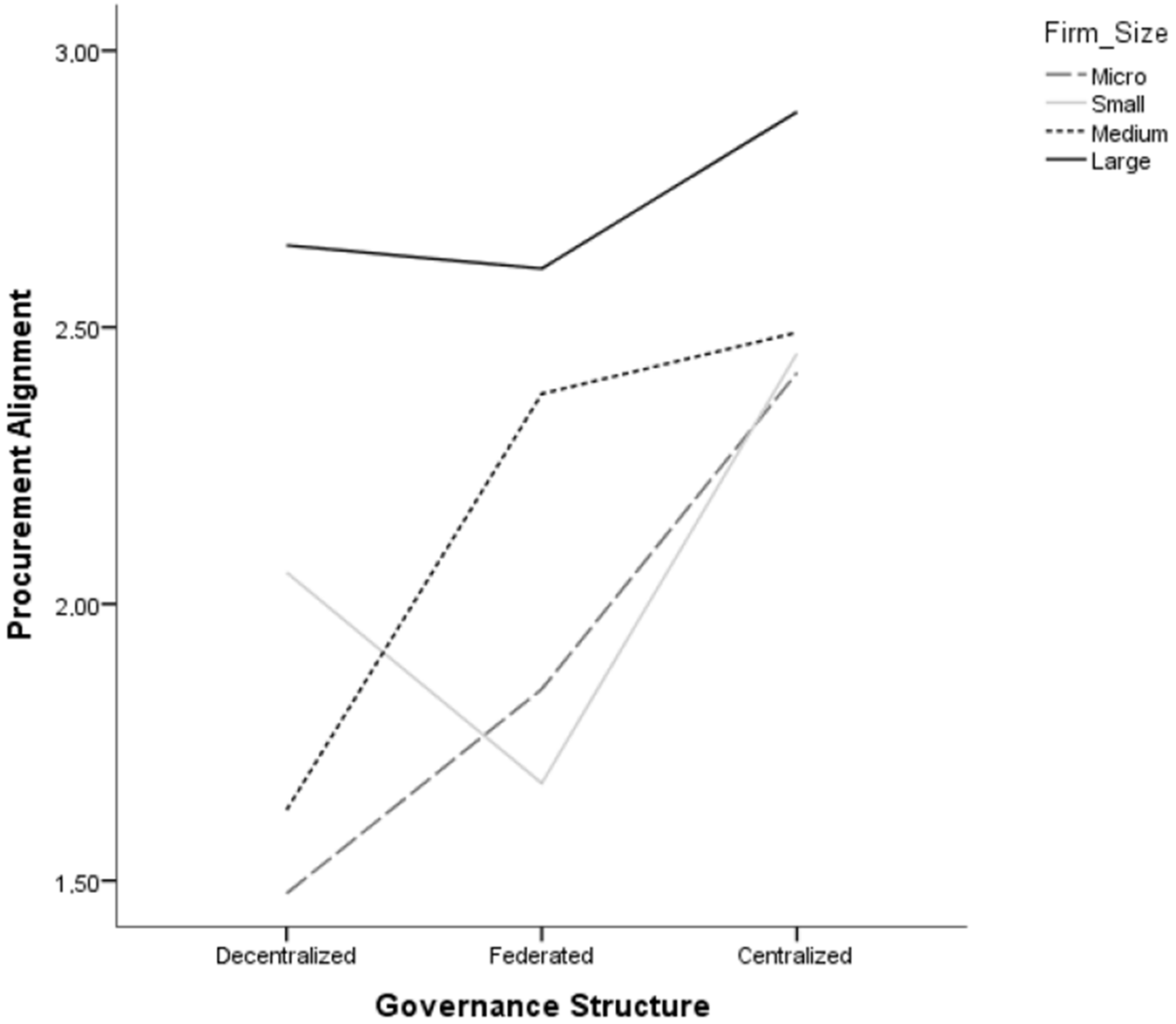
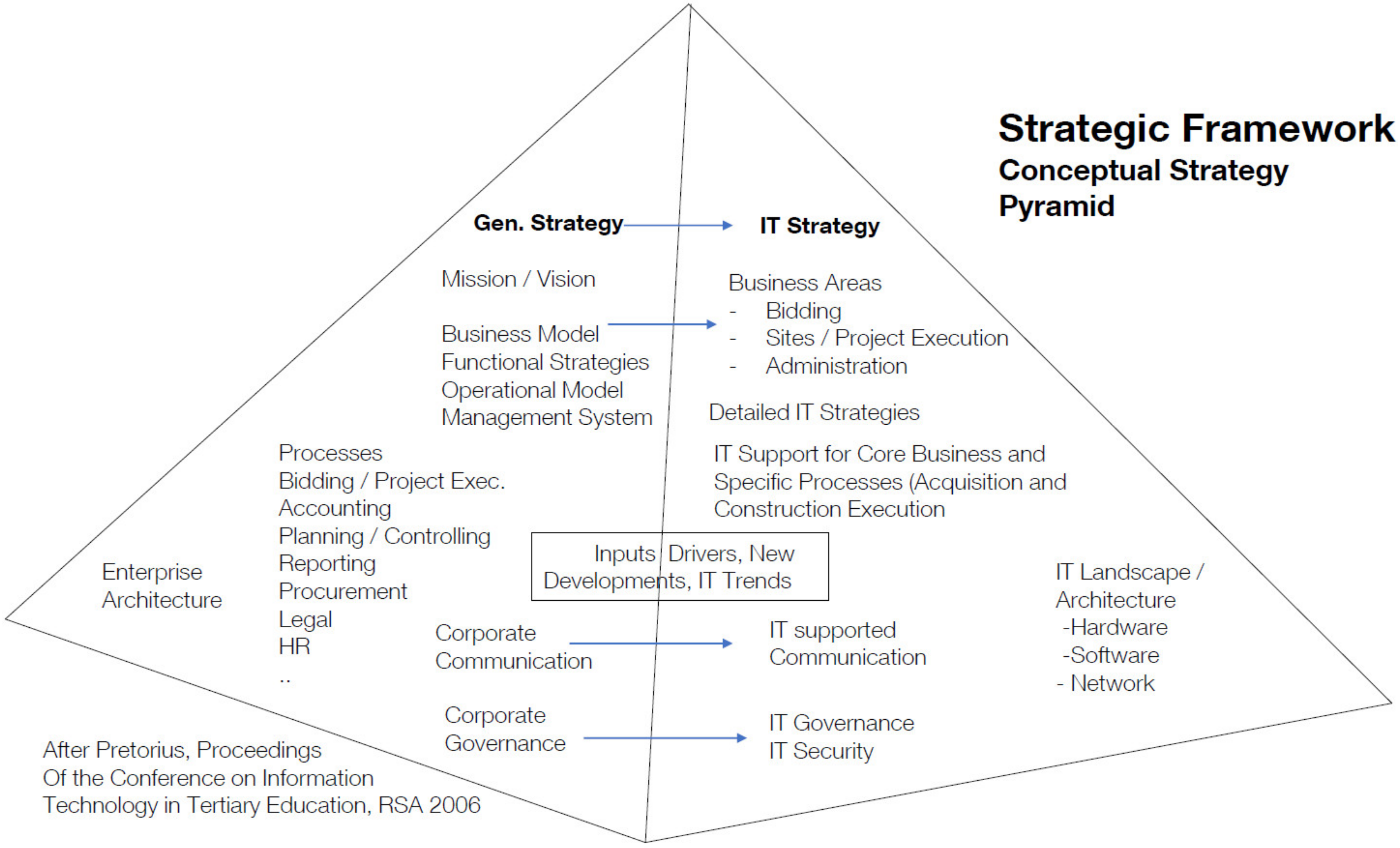
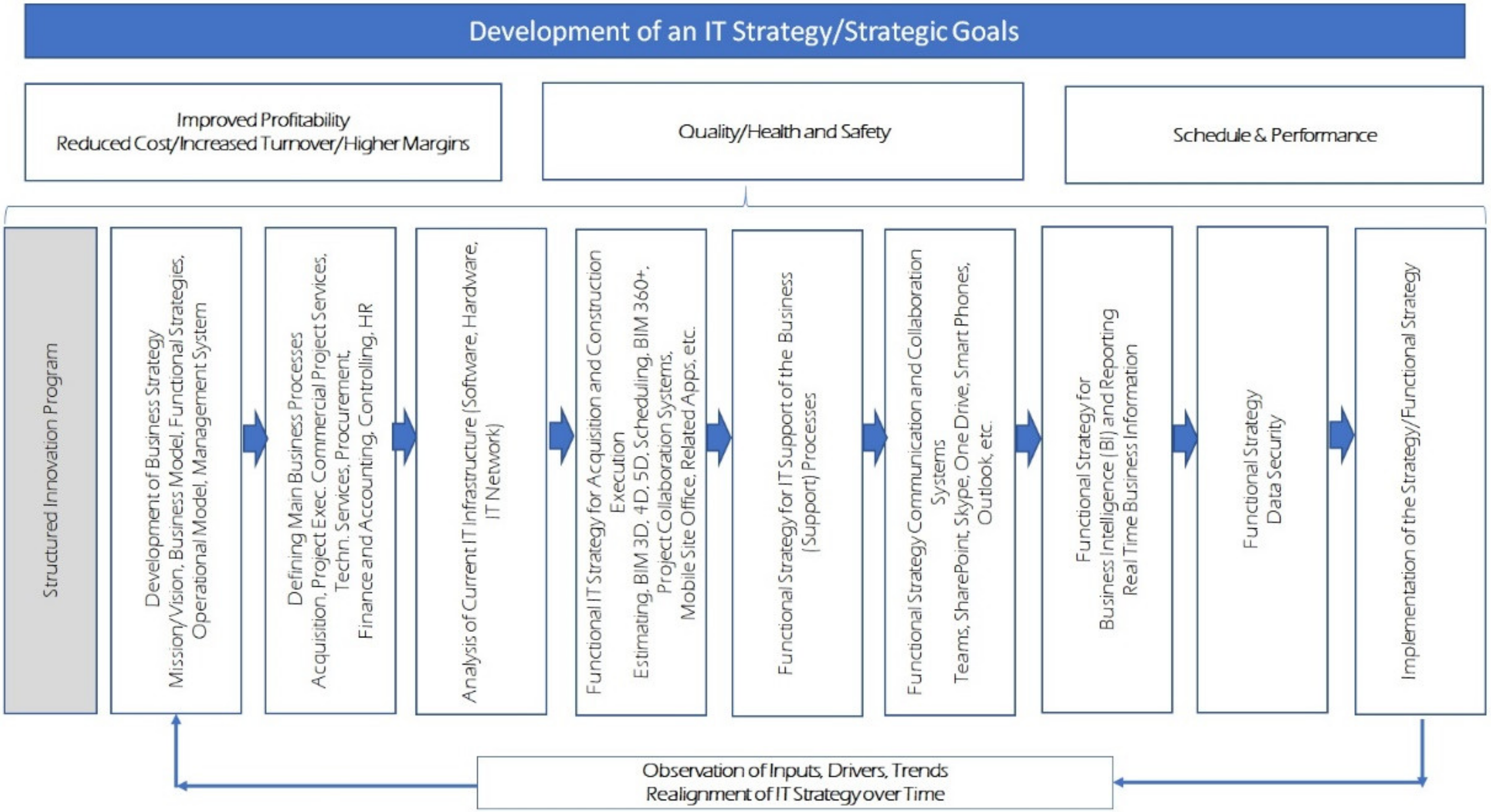
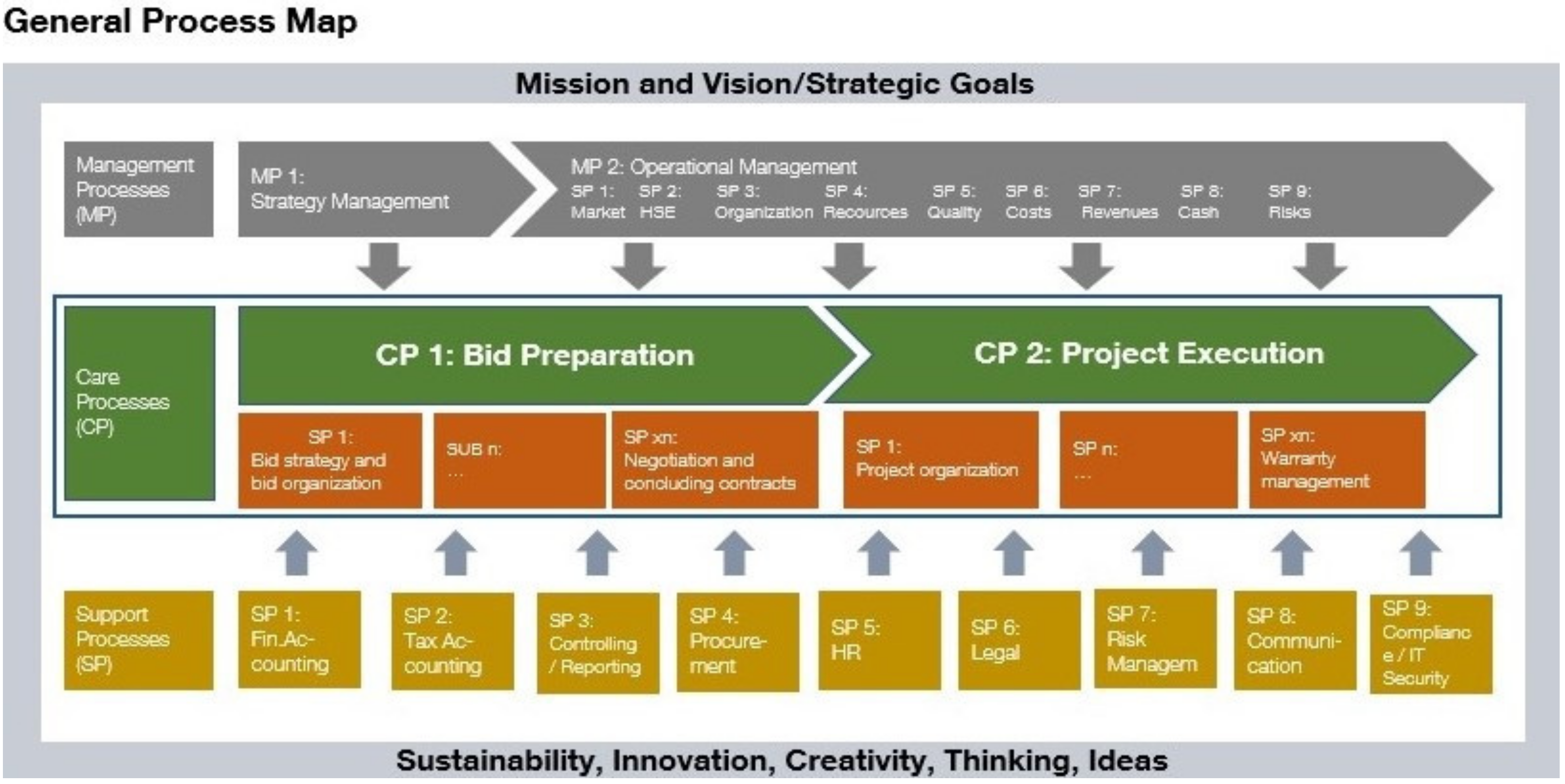

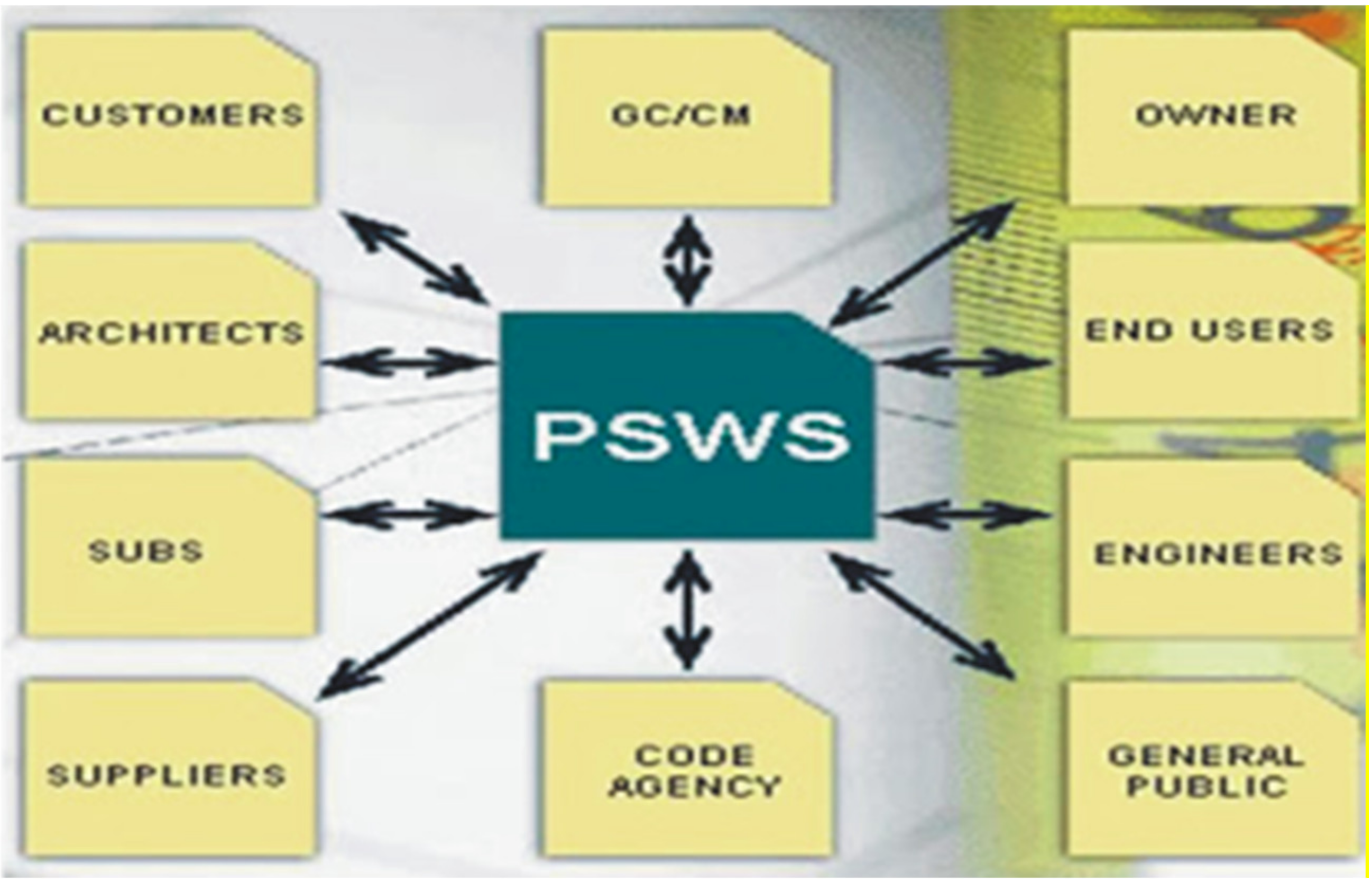
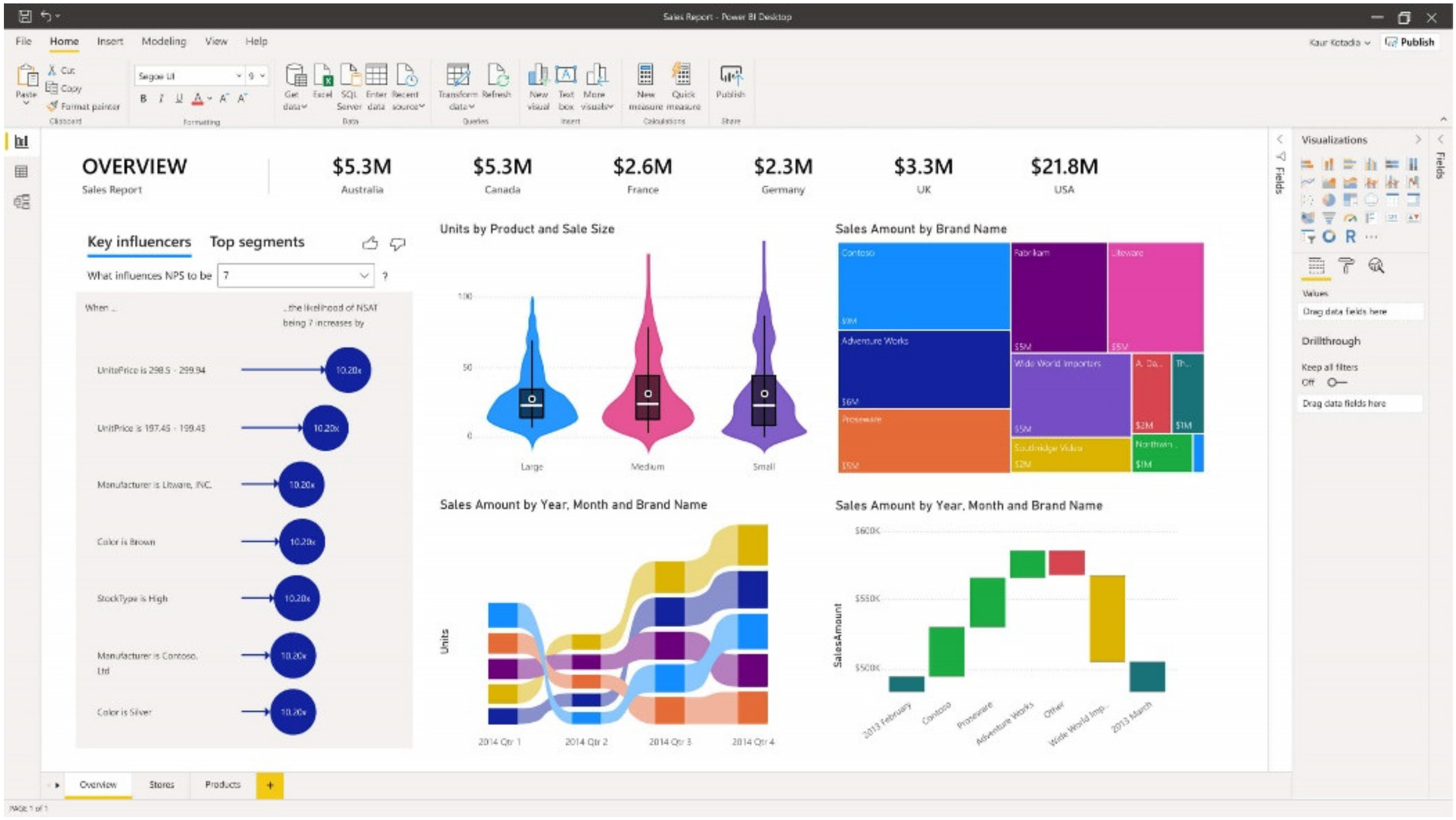
© 2020 by the authors. Licensee MDPI, Basel, Switzerland. This article is an open access article distributed under the terms and conditions of the Creative Commons Attribution (CC BY) license (http://creativecommons.org/licenses/by/4.0/).
Share and Cite
Böde, K.; Różycka, A.; Nowak, P. Development of a Pragmatic IT Concept for a Construction Company. Sustainability 2020, 12, 7142. https://doi.org/10.3390/su12177142
Böde K, Różycka A, Nowak P. Development of a Pragmatic IT Concept for a Construction Company. Sustainability. 2020; 12(17):7142. https://doi.org/10.3390/su12177142
Chicago/Turabian StyleBöde, Klaus, Agata Różycka, and Paweł Nowak. 2020. "Development of a Pragmatic IT Concept for a Construction Company" Sustainability 12, no. 17: 7142. https://doi.org/10.3390/su12177142
APA StyleBöde, K., Różycka, A., & Nowak, P. (2020). Development of a Pragmatic IT Concept for a Construction Company. Sustainability, 12(17), 7142. https://doi.org/10.3390/su12177142





